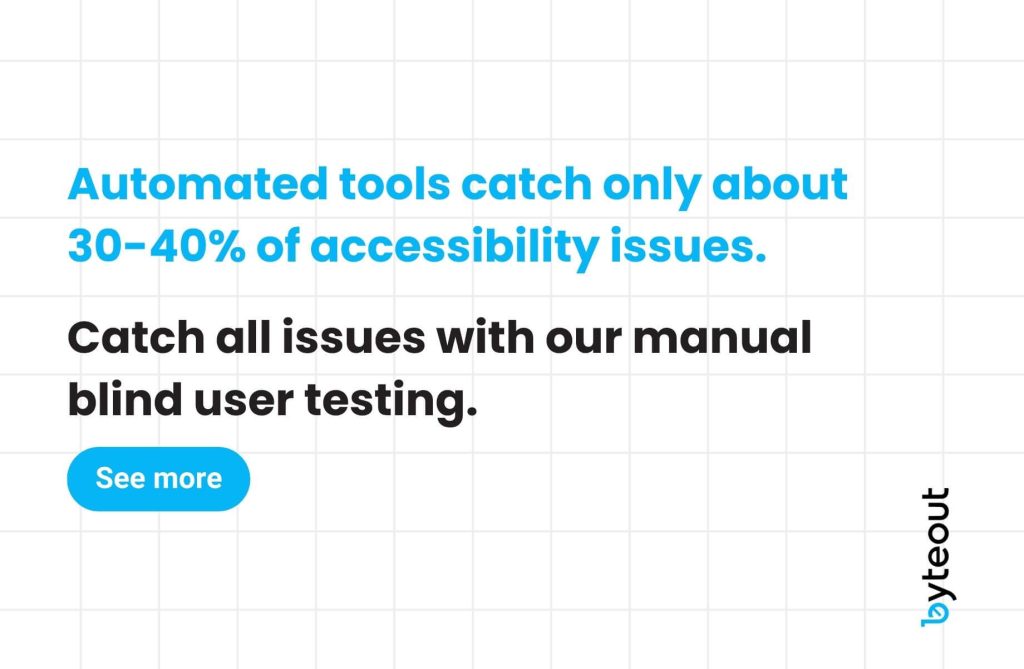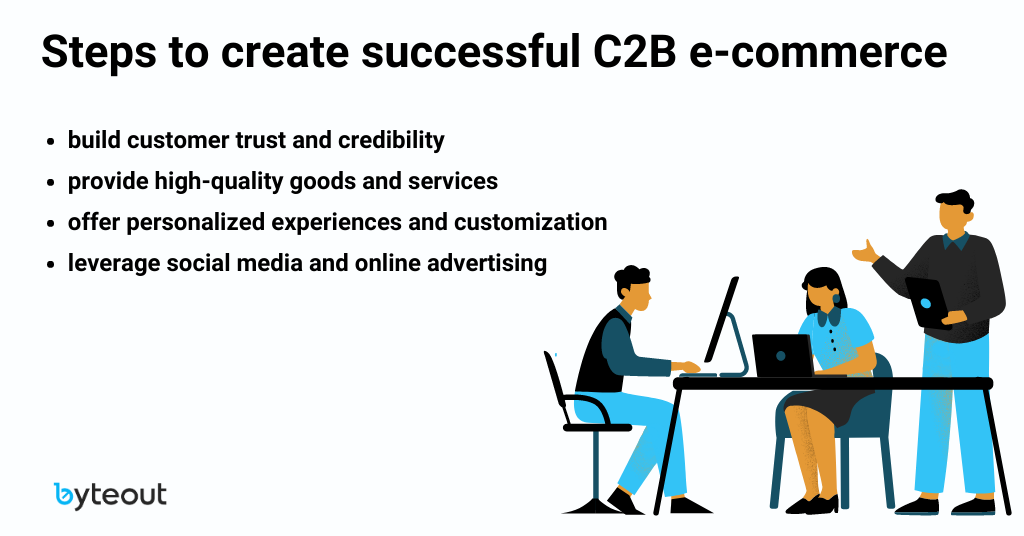
How to check website accessibility – a helpful guide
Can your webshop be accessed by all people? Website accessibility should be the top priority of all ecommerce businesses. This not only complies with legal standards but also broadens your audience and improves user experience. Here’s a helpful guide on how to check website accessibility.
Table of Contents
About website accessibility
Website accessibility means making your website usable for people with various disabilities. These disabilities can range from visual, auditory, physical, speech, cognitive, and neurological impairments. Adhering to the Web Content Accessibility Guidelines (WCAG) helps ensure your site is accessible to everyone.
Realizing how important website accessibility is a great thing. It’s advisable to let it to web accessibility experts, but you need to know what it means in the real world so you can keep an eye on the whole process.
Start by familiarizing yourself with WCAG principles, which focus on making content Perceivable, Operable, Understandable, and Robust (POUR). These principles guide the creation of accessible websites by ensuring that all users can perceive, navigate, and understand the content. Understanding these principles is the foundation of learning how to check website accessibility.
WCAG categorizes accessibility criteria into three levels: A, AA, and AAA. Level A is the minimum requirement, Level AA addresses the major barriers, and Level AAA is the highest standard. To ensure significant accessibility improvements, aim for at least Level AA compliance.
Can you use automated tools to check website accessibility
Automated tools can be a great starting point to check website accessibility. These tools scan your website and highlight areas that need improvement, such as missing alt text for images, improper heading structures, and color contrast issues. While automated tools are useful for identifying many issues quickly, they are not foolproof and should be complemented by manual testing.
By running an automated scan, you can get an overview of your site’s most pressing accessibility issues. These tools provide detailed reports and suggest fixes, making it easier to address common problems. Automated tools only catch about 30-40% of accessibility issues, so don’t rely solely on them.
Manual testing – the best option
Manual testing is essential to ensure a fully accessible webshop. This involves using your website as users with disabilities would, such as navigating with a screen reader, using only the keyboard, or employing voice commands.
Manual testing helps you catch issues that automated tools might miss. It ensures that real-world user experiences are considered in your accessibility checks.
Let’s see how the manual testing is usually done.

Screen reader testing
Screen readers are used by visually impaired users to read out the text on the screen. Navigate all website pages using a screen reader and ensure all content is accessible. Pay close attention to alt texts for images, link descriptions, and form labels. These should be descriptive and clear to provide a good user experience.
Keyboard navigation
Users with motor disabilities may rely solely on the keyboard. Ensure all interactive elements like links, buttons, and forms are accessible using the Tab, Enter, and arrow keys. The focus indicator should be visible and logically move through page elements.
Voice command testing
Voice recognition software is used by users with limited mobility. Test your website with voice commands to ensure that users can navigate and interact with all site elements effectively.
Professional accessibility audits
While it’s possible to conduct basic accessibility checks on your own, hiring professionals for an in-depth audit is often the safest approach. Professional accessibility audits involve a thorough analysis of your website, identifying both visible and hidden issues.
Experts use a combination of automated tools and manual testing to provide a comprehensive review. They offer detailed reports and remediation plans to address identified issues.
Moreover, some agencies offer manual blind user testing, where actual users with visual impairments navigate your site and provide feedback. This testing is invaluable for uncovering accessibility problems that might be missed by other methods.
Professional audits ensure that your website meets the highest accessibility standards and provides an inclusive experience for all users.
- Trust & creative strategy: what still wins in DTC marketing
- Ecommerce website accessibility: The hidden revenue loss
- How to scale Amazon brand off Amazon
- Combining Amazon with Shopify: The Better & Better story
- The Amazon Ranking Strategy That Works in 2025
Key takeaways
Checking website accessibility is a must for creating an inclusive and user-friendly site. Understanding accessibility principles, using automated tools, conducting manual testing, and considering professional audits can ensure your site meets accessibility standards. While you can perform initial checks on your own, hiring professionals is often the best way to check website accessibility.
Investing in website accessibility helps you comply with legal standards, expand your reach, and improve user satisfaction. For the most thorough audit, consider professional services, especially those offering manual blind user testing, to ensure your site is fully accessible to everyone.

Your Amazon store needs a partner
We build and grow your Shopify DTC business together with Amazon.
Find out how to own your audience and not depend only on Amazon high fees.
Our ecommerce nerds recommend reading

Best Amazon FBA course: Top picks for 2025

Connect Shopify to Amazon: Step-by-step in 2025

C2B e-commerce


